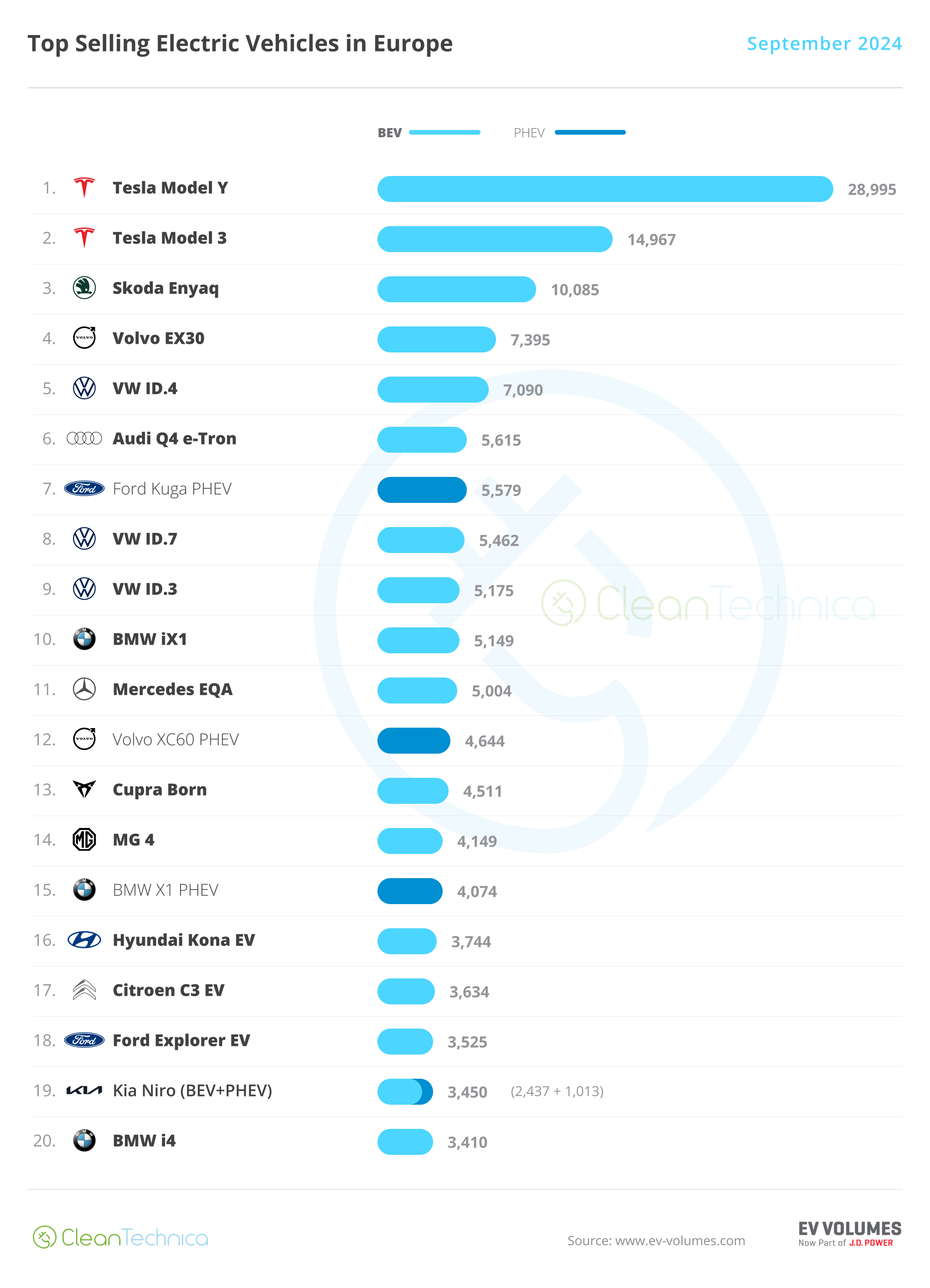Gold ETFs charted their strongest month since April 2022 in July.
Globally, ETFs added 48.5 tons of gold to their holdings last month, with funds in every region reporting increases.
A combination of gold inflows and a 4 percent increase in the price of gold drove a 6 percent increase in total assets under management (AUM) by gold-backed funds to $246 billion, a new month-end record.
Globally, gold-backed ETFs held 3,154 tons of gold as of July 31. That is the highest level this year.
May was the first month of positive gold flows into ETFs in 12 months. Since then, funds globally have recorded net increases for three straight months.
Even as gold ETFs globally increased metal holdings, North American ETFs reported outflows of gold in May and June. That finally reversed in July. North American funds led the way last month, adding 25.7 tons of gold during the month.
According to the World Gold Council, political uncertainty surrounding the assassination attempt on Donald Trump and President Joe Biden dropping out of the race drove safe-haven demand.
A cooling CPI, weakness in the labor market, and the Federal Reserve Chairman Jerome Powell’s note that an interest rate cut in September is “on the table” during the July FOMC meeting intensified investor expectations of monetary easing.
On the year, gold holdings by North American ETFs are down by 52 tons. Nonetheless, the total AUM of North American funds has risen by 14 percent year-to-date, driven by recent inflows and notable gold price strength.
European funds charted a 16.6-ton increase in gold holdings. It was the third straight month of gold inflows. The UK and Switzerland led the way. Declining bond yields across the Eurozone have helped boost gold demand. European investors are expecting additional monetary easing by the European Central Bank, and the Bank of England cut rates for the first time in four years on Aug. 1.
Similar to North America, a rising gold price combined with positive demand lifted the total AUM of the region’s funds to $103 billion, a 12 percent increase.
Even as gold flowed out of Western ETFs, Asian funds have been adding gold for over a year, reflecting the movement of gold from the West to the East. Asian funds added gold for the 17th straight month in July, boosting holdings by 5.3 tons.
India led the way, with Indian demand boosted by a recent cut in the gold import tax.
China and Japan-based funds also reported net inflows, driven by equity market weaknesses and strong local gold price performances.
Asia has reported gold inflows of $3.6 billion year-to-date, significantly outpacing other markets. Supported by record-breaking inflows and a higher gold price, the total AUM of Asian funds reached $15 billion in July, the highest dollar level ever.
Other regions, including Australia, reported inflows of just under 1 ton.
Inflows of gold into ETFs can have a significant impact on the global gold market by pushing overall demand higher.
ETFs are a convenient way for investors to play the gold market, but owning ETF shares is not the same as holding physical gold.
A gold ETF is backed by a trust company that holds metal owned and stored by the trust. In most cases, investing in an ETF does not entitle you to any amount of physical gold. You own a share of the ETF, not gold itself.
ETFs are relatively liquid. You can buy or sell an ETF with a couple of mouse clicks. You don’t have to worry about transporting or storing metal. In a nutshell, it allows investors to play the gold market without buying full ounces of metal at the spot price.
Since you are just buying a number in a computer, you can easily trade your ETF shares for another stock or cash whenever you want, even multiple times on the same day. Many speculative investors take advantage of this liquidity.
But while a gold ETF is a convenient way to play the price of gold on the market, you don’t actually possess any gold. You have paper. And you don’t know for sure that the fund has all the gold either, especially when the fund sees inflows. In such a scenario, there have been difficulties or delays in obtaining physical metal.
*********



